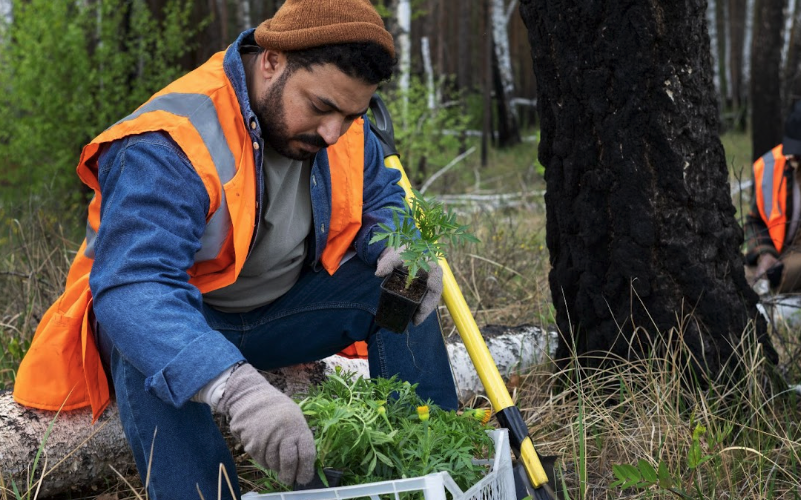Introduction
The loudest delays on land projects rarely come from the ground. They come from people. Neighbors and local environmental groups notice clearing and will object quickly if they feel excluded or misinformed. Proactive engagement prevents friction and project pauses. This article sets out a lean, practical engagement strategy that minimizes complaints and speeds approvals.
Use these steps to turn potential opposition into cooperation.
Notify early and clearly
Send a short notice to adjacent owners and the local community association before work starts. Include the project schedule, expected work hours, dust and noise mitigation measures, and a single contact phone number. Simple, clear notices prevent curiosity from turning into formal complaints.
A pre-construction flyer or email is cheap insurance.
Know your stakeholders and tailor messages
Neighbors want to know about noise and trucks. NGOs focus on habitat and water quality. Regulators want permits and erosion controls. Don’t use the same message for everyone. Give neighbors practical details; give environmental groups technical plans and mitigation options.
Tailored communication reduces misunderstandings.
Host a short, focused meeting when appropriate
For larger or sensitive sites, hold a brief meeting. Present the plan, show maps of preserved areas, and explain protections. Keep it factual and leave time for questions. People respect transparency and answers more than marketing.
Bring an expert who can speak credibly about habitat protections if NGOs attend.
Offer a contact and respond quickly
Assign one person to handle inquiries and require timely responses. Quick fixes to reasonable complaints stop escalation. If a neighbor calls about muddy runoff, a prompt reply and visible action often prevent a report to regulators.
Document the inquiry and the resolution to show responsiveness.
Use visual aids to build trust
Maps, simple diagrams, and before-and-after stabilization plans reassure stakeholders. Show buffer locations, erosion controls, and debris handling plans. Visuals reduce speculation and demonstrate competence.
People react to concrete commitments, not vague promises.
Be honest about impacts and mitigation
If work will produce noise or dust, say so and explain what you will do to limit it. If habitat will be affected, outline the mitigation measures and timelines. Authenticity reduces the chances of adversarial escalation.
Don’t overpromise; deliver what you commit to.
Coordinate with local groups on positive outcomes
Offer surplus mulch to parks, or coordinate native plantings with a local nursery. Small community benefits build goodwill. NGOs often respect projects that include tangible habitat improvements.
Partnerships turn potential critics into allies.
Handle disputes professionally
If a group raises an objection, offer to meet and provide documentation. Listen, respond with facts, and, where reasonable, adapt plans. When changes are necessary, document them and update neighbors.
Confrontation in public forums rarely favors the developer.
Record everything
Keep logs of notifications, meetings, and resolutions. If an inspector asks whether community concerns were addressed, your record answers quickly and demonstrates good-faith engagement.
Clear records also help defend against unfounded complaints.
Conclusion
Stakeholder engagement for land clearing in Fort Myers is practical risk management. Notify neighbors early, tailor messages to audiences, offer a single contact, and respond fast to concerns. Use visuals and small community benefits to build goodwill. Do these things and you drastically reduce the chance of delays driven by public opposition.












Add comment